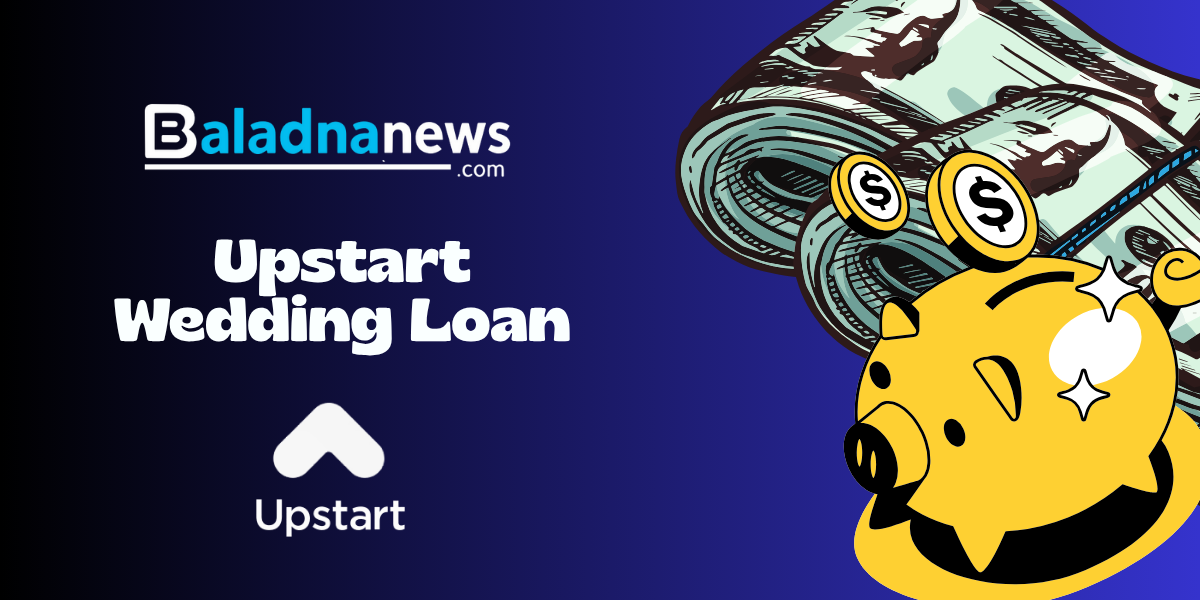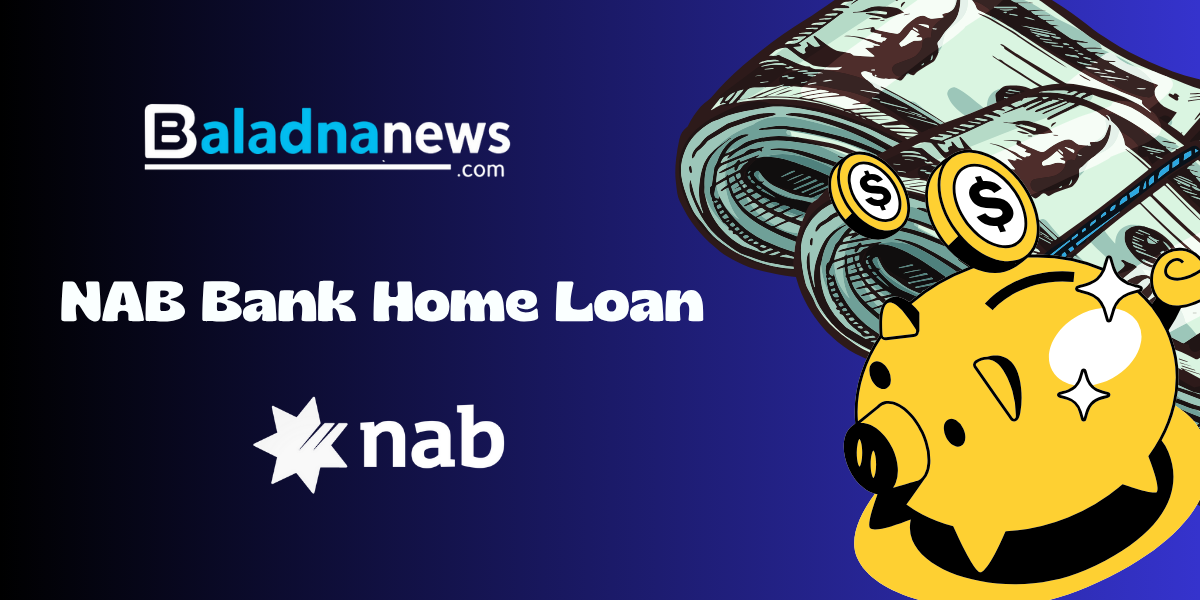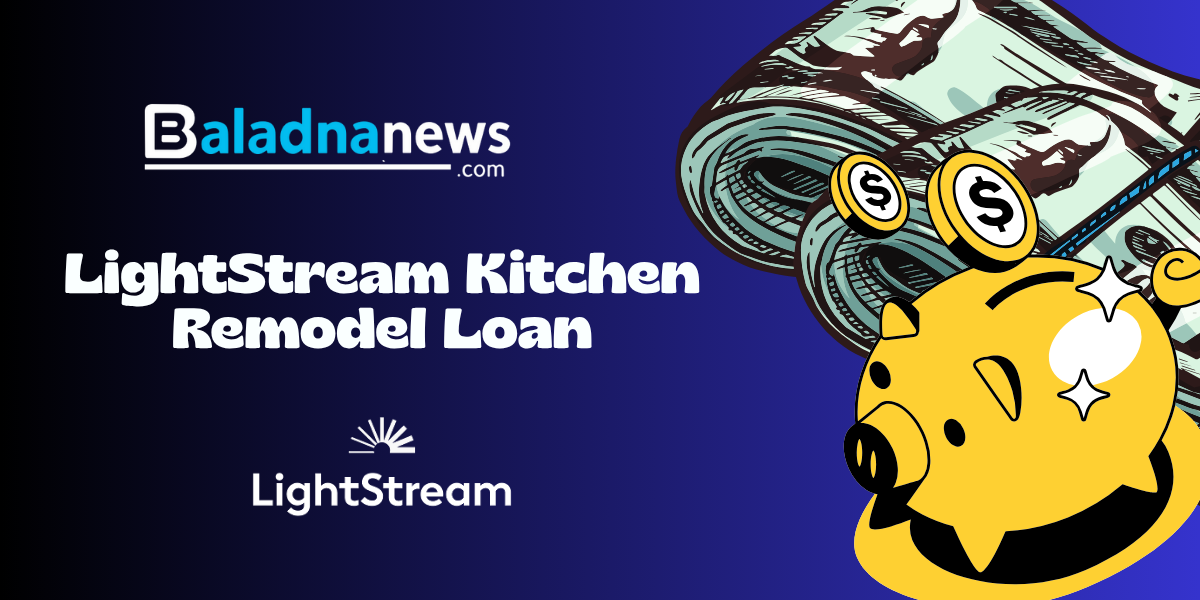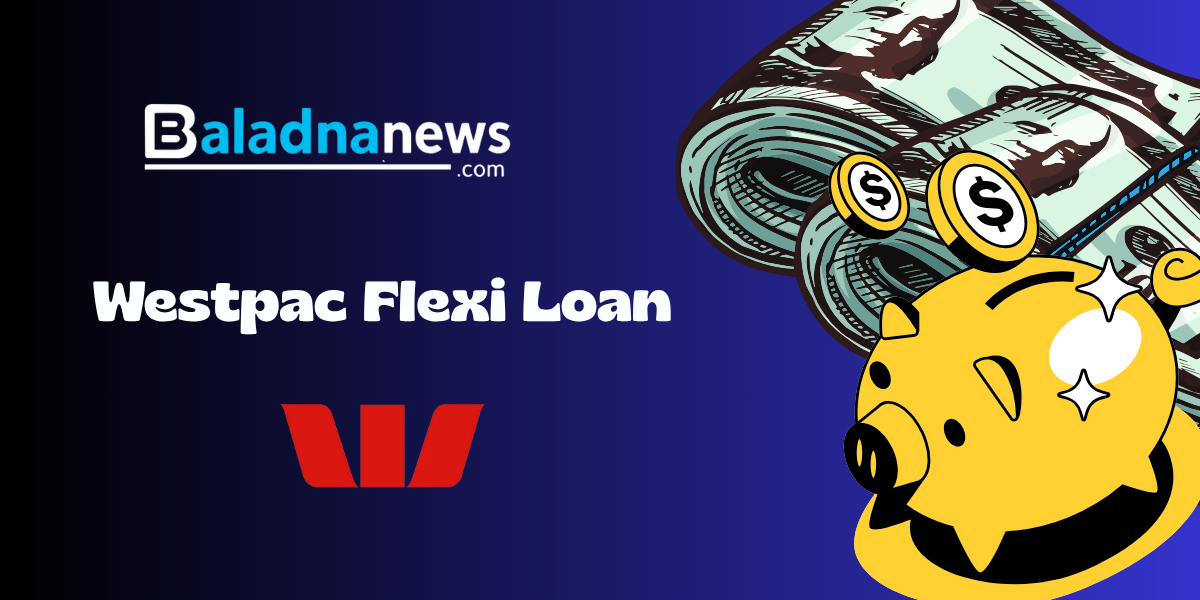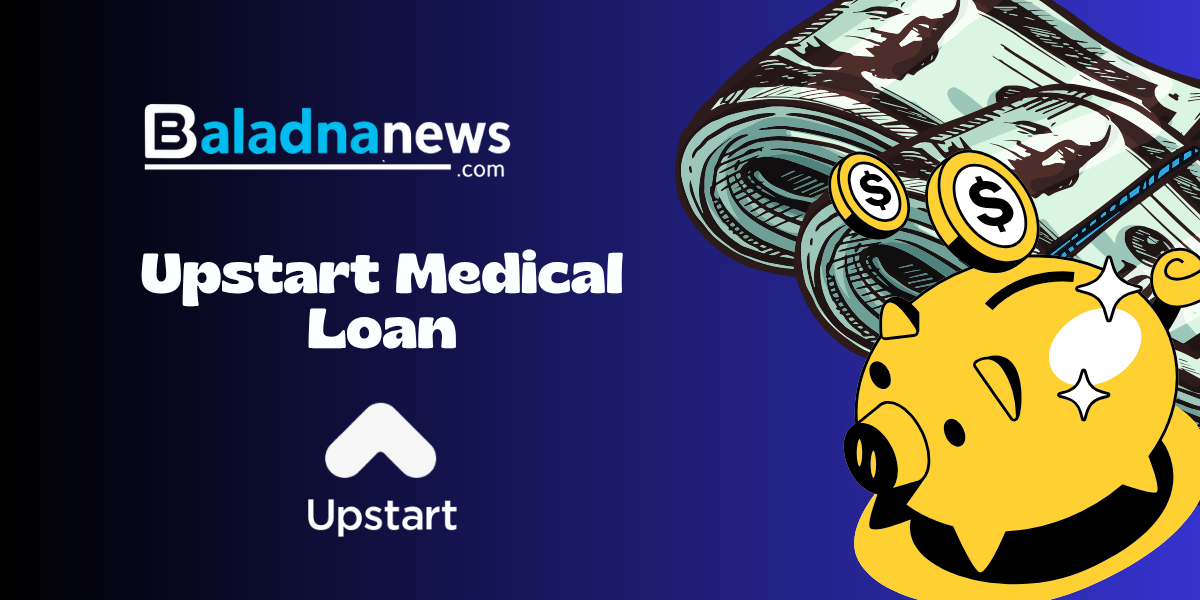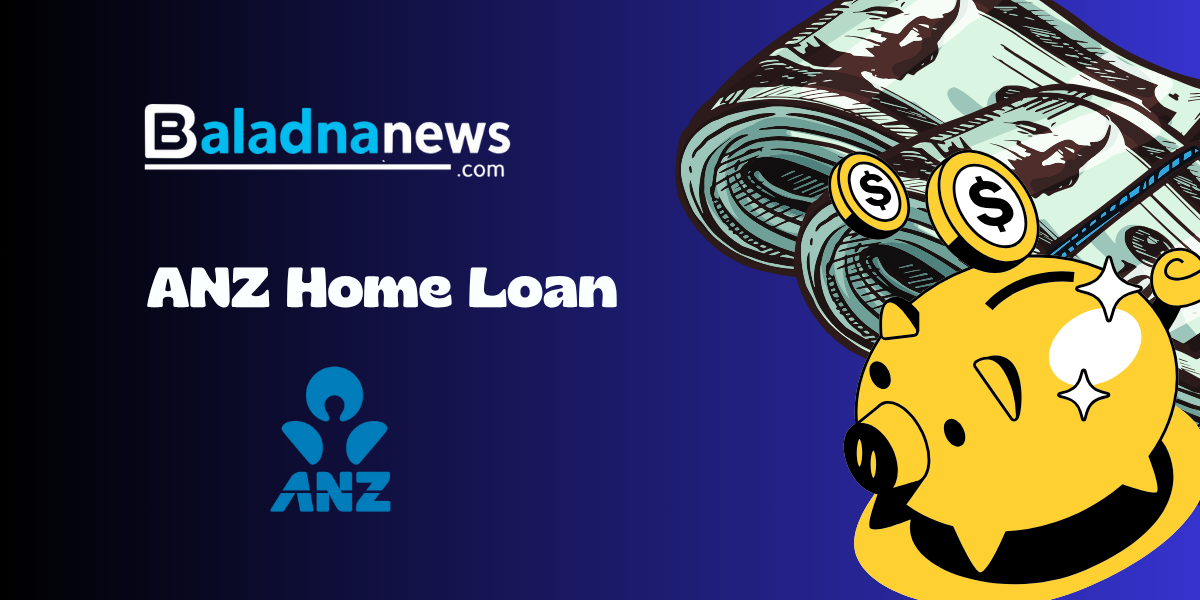
It’s a familiar dilemma: you have ambition, you have a plan, but you lack the tangible assets that traditional lenders demand. Many promising ventures stall at the financing gate simply because there’s no property or heavy equipment to pledge.
Yet, in a landscape transformed by digital finance and government interventions, borrowing without collateral is no longer a myth but a viable pathway. By exploring multiple lending avenues, building a strong credit narrative, and leveraging alternative guarantees, entrepreneurs can raise capital to grow, innovate, and compete.
Collateral serves as the bedrock of most traditional business loans. Lenders, seeking reassurance against default, historically require assets such as real estate, equipment, or inventory.
In fact, in 2013, an analysis by the Federal Reserve revealed that 90% of small loans under $100,000 were secured by collateral, leaving cash-strapped startups locked out of mainstream finance.
However, as asset values fluctuate and property markets undergo volatility, many small business owners find themselves asset-rich on paper but unable to unlock value when they most need liquidity.
The silver lining is the rise of unsecured and alternative lending models that pivot away from fixed assets and embrace a broader spectrum of creditworthiness indicators.
At its core, a secured loan is backed by specific collateral that the lender can seize in case of default, effectively reducing the lender’s risk.
Unsecured loans, on the other hand, rely on factors like personal credit history, business performance, and personal guarantees, without tying up physical property.
Instead of a piece of real estate, lenders may request a personal co-signer who pledges to cover missed payments, or file a blanket Uniform Commercial Code (UCC) lien on all existing and future business assets.
Although the risk shifts back to the borrower—plainly stated, personal assets remain on the line—this model opens doors for enterprises with high growth potential but limited fixed assets.
A growing array of products allows businesses to access capital without traditional collateral, each with its unique balance of cost, speed, and flexibility.
Even without collateral, lenders must see proof of financial responsibility, stability, and an ability to repay on time.
Typical requirements include:
Unsecured financing offers entrepreneurs new flexibility but comes at a cost. It’s crucial to weigh short-term gains against long-term obligations.
Because lenders face higher risk without collateral, unsecured business loans often carry steeper APRs that can range from 7% to 30%, depending on the product.
Lenders may also impose origination fees of 1%–5% of the loan amount or require prepayment penalties for early payoff.
Prepare to submit the following documentation:
Success hinges on demonstrating both credibility and a clear plan for repayment. Strategic preparation can significantly tilt the odds in your favor.
Organize financial records meticulously, ensuring that every number in your financial statements reconciles with bank statements and tax filings.
Engage with your bank relationship manager early. Discuss your borrowing needs, gather feedback on your credit profile, and identify potential red flags before formal application.
Where possible, consolidate high-interest debt to improve your debt-service coverage ratio and free up capacity to take on new obligations.
Consider inviting a financially strong co-signer or leveraging a partial government guarantee to reassure lenders of repayment intent.
Government agencies around the world recognize the importance of small business vitality and offer programs that mitigate lending risk.
In France, for example, Bpifrance provides state-backed guarantees so enterprises can borrow without pledging additional assets.
Meanwhile, fintech innovators deploy advanced analytics to underwrite loans based on transaction history, social indicators, and forward-looking cash flow models.
These models can be particularly effective for e-commerce ventures or subscription-based services with predictable and recurring revenues.
A tech startup with minimal equipment but recurring software subscriptions raised a $75,000 unsecured line to hire developers and accelerate its product roadmap.
A local bakery leveraged invoice financing to purchase bulk supplies ahead of the holiday season, repaying the advance once customer payments cleared.
A mobile marketing agency, with strong client contracts in hand, obtained a merchant cash advance to invest in a high-profile advertising campaign.
Each of these stories illustrates how businesses can match financial tools to operational realities rather than rely on fixed property or hardware.
Securing a business loan without collateral is a nuanced process that extends beyond signing up for the first high-APR offer you see.
Thoroughly evaluate each financing option’s cost, speed, and level of personal risk, aligning the choice with your long-term growth blueprint.
By combining detailed financial planning, robust credit management, and strategic lender engagement, entrepreneurs can transform the collateral barrier into a launchpad for innovation in financial management.
Your next growth milestone might be just a well-structured, collateral-free financing solution away.
References






